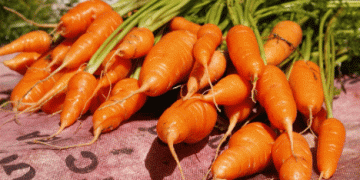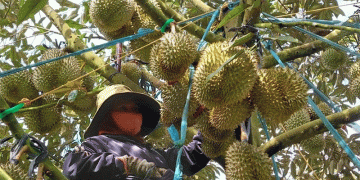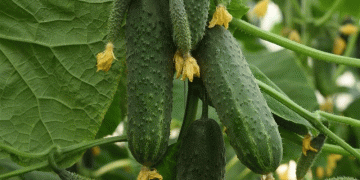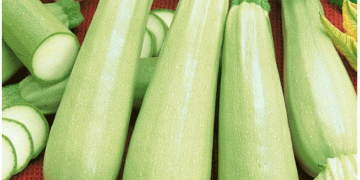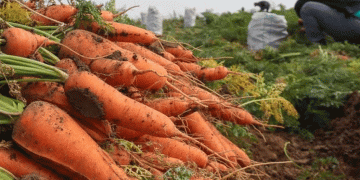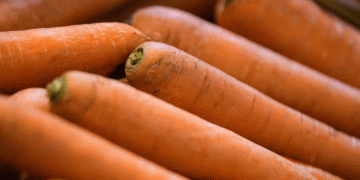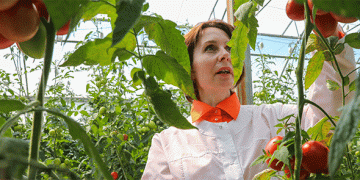In 2024, Morocco exported 69,000 tonnes of carrots, valued at $18.3 million USD, marking a 35% increase over 2023. This performance is not an anomaly but a continuation of a robust upward trend: Morocco has set five consecutive annual records in carrot exports. Over the past eight years, the country’s carrot exports have grown at an average annual rate of 27%, according to trade data reported in international agri-market analyses.
These figures reflect not only improvements in production but also strategic adaptations in harvest timing, logistics, and market targeting.
Season Extension: A Game-Changer for Export Capacity
Historically, Morocco’s main carrot export window fell during the summer months of July and August, but recent innovations in post-harvest management, cold chain logistics, and regional diversification have allowed producers to extend the export season well into November. This expansion of availability outside traditional European harvest windows offers Moroccan exporters a competitive advantage in filling supply gaps.
While European markets still account for less than 10% of Morocco’s carrot exports, the country has aggressively focused on African markets, where demand continues to rise due to growing urbanization, dietary diversification, and limited local production in some regions.
Competitive Advantages: Climate, Proximity, and Policy
Morocco’s climatic diversity enables year-round vegetable production, especially in regions like Souss-Massa and Gharb, which offer fertile soils and moderate winters. Government support through Green Morocco Plan (Plan Maroc Vert) and its successor Green Generation 2020–2030 has also helped improve irrigation systems, support export logistics, and promote agri-business training.
The combination of:
- Efficient logistics
- Access to port infrastructure
- Bilateral trade agreements with African nations
…has positioned Morocco as a reliable regional supplier, particularly in West Africa and the Sahel region.
Global Context: Rising Demand, Regional Gaps
Global carrot consumption has been on the rise, with world carrot production reaching nearly 45 million tonnes annually, according to FAO data. Africa remains a net importer of carrots, with limited domestic capacity in many countries to produce year-round, opening the door for Morocco to serve this unmet demand.
At the same time, European producers face rising costs linked to labor shortages, environmental regulations, and climate variability—making Moroccan carrots increasingly attractive, especially during off-season periods.
Morocco’s carrot export performance is more than just a success story—it is a blueprint for how targeted investments, market diversification, and season extension can transform a staple crop into a year-round export commodity. As Morocco continues to consolidate its presence in African markets and explore off-season opportunities in Europe, its model offers valuable lessons for producers and policymakers across the globe.
